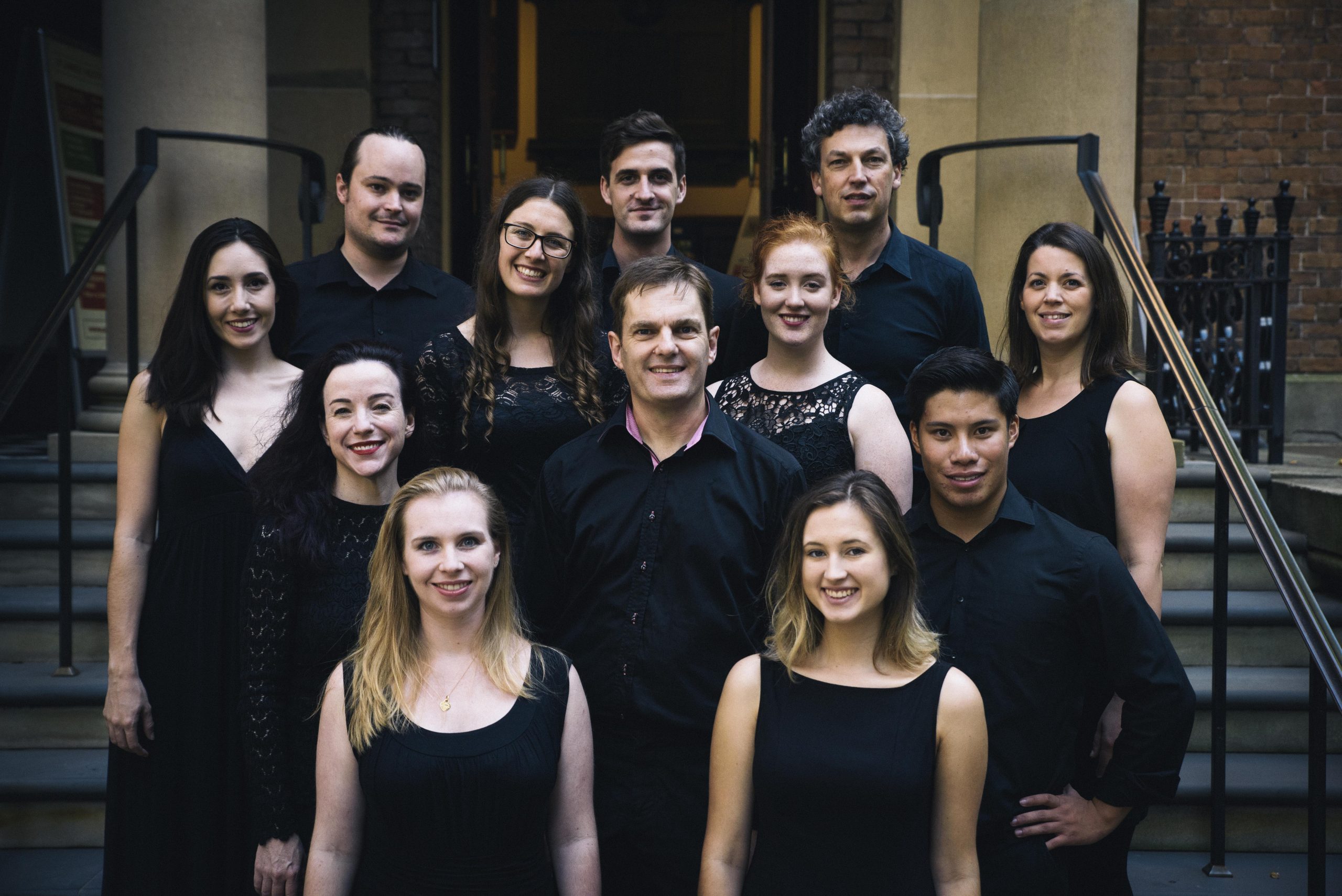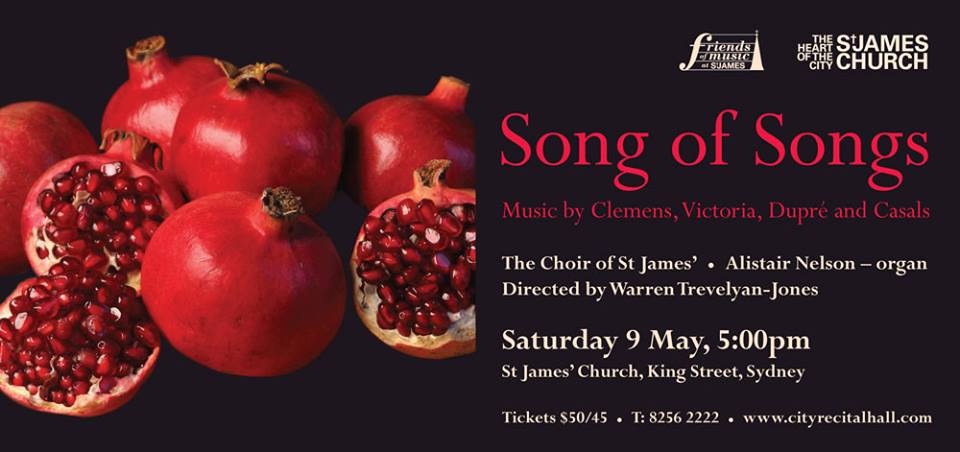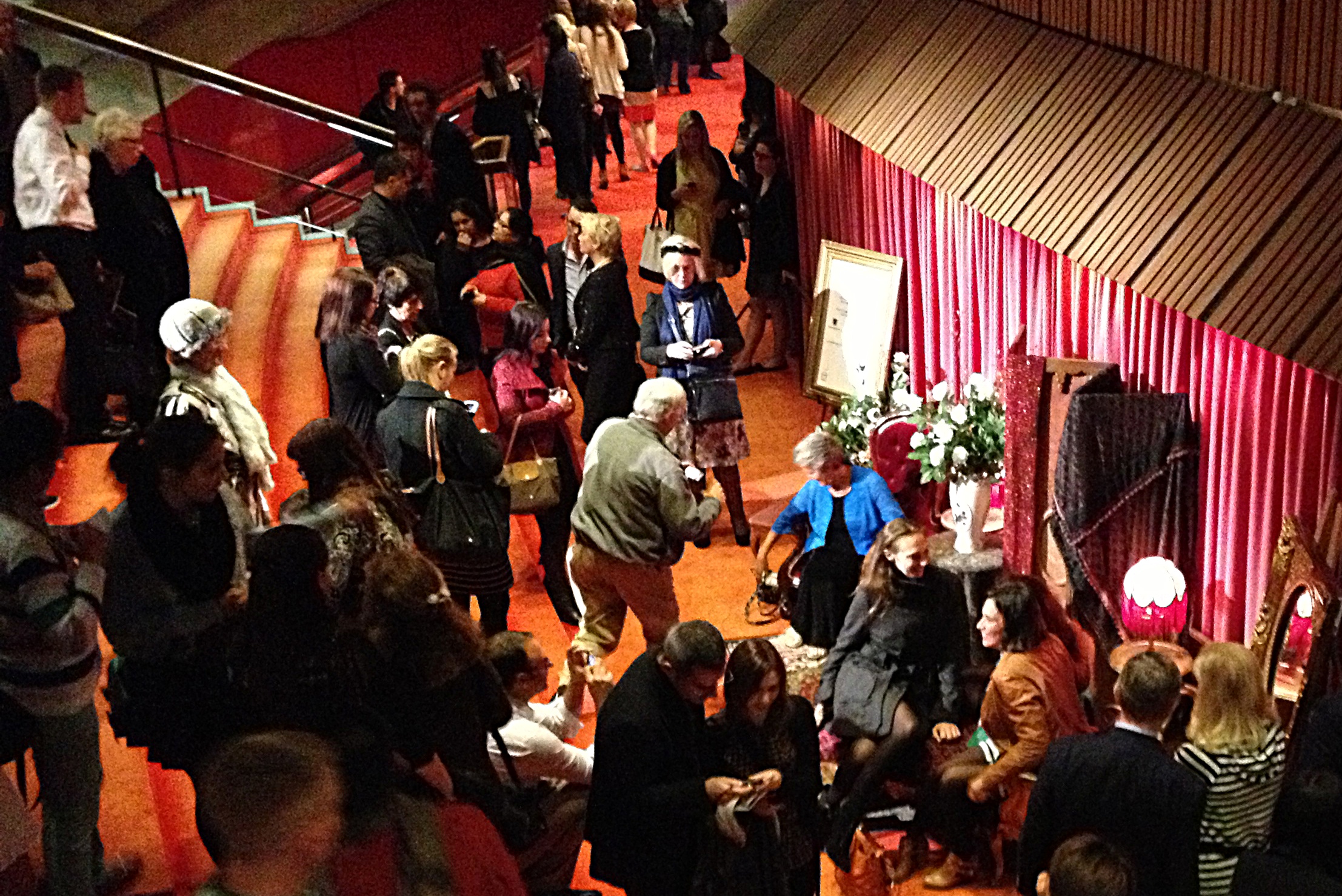Concert Review: a rose upon a thorn/Choir of St James’
a rose upon a thorn
Choir of St James’
St James’ Church, King Street
6 March, 2021
In a welcome return to choral music performance, the Choir of St James’ presented a rose upon a thorn, a collection of seven choral works with the surprise inclusion of an organ solo, themed around ideas of the rose.
The choir of 14 voices directed by Warren Trevelyan-Jones, accompanied by organist Alistair Nelson, cellist Rachel Scott, and Simon Martyn-Ellis, theorbo, delivered a tremendously refined sound, in the glorious acoustic of St James’ Church in King Street, as it took us through centuries of music in true style, from well-articulated early polyphony to rich, contemporary homophony and engaging word painting. Trevelyan-Jones drew graceful phrasing and finely balanced dynamics, along with superb cohesion. The choir has returned to performance after the COVID hiatus sounding better than ever before.
Introducing the theme of the concert was the motet O Maria, vernans rose by the Flemish composer Jacobus Clemens non Papa (b c. 1510) who wrote more than 200 motets and called himself thus to avoid confusion with a contemporary priest and poet. Written in five parts, it was a gentle introduction to the evening which invited contemplation through a beautifully coloured performance. The programme notes refer to the connection between Mary and the rose. It is also a happy coincidence that St Cecilia, patron saint of music, holds the rose as one of her attributes.
J S Bach’s motet Komm, Jesu, komm BWV 229 for double choir was probably composed for a funeral. Written for specific events, Bach’s motets receive fewer outings than his cantatas which had a more generic purpose. The choirs entreated the arrival of Jesus with an exchange of impassioned, declamatory chords in G minor. However, the piece soon moves to a major key and although the theme is death, it would not be the first time that Bach treated the end of life as a joyful passage to eternity. The ensemble gave full effect to the interplay between the two choirs as well amongst the voices which are called on to perform a spectrum of Bach’s choral writing. The opening chordal bars give way to a small fugato followed by a lilting menuet-like section with melismatic lines which the ensemble sang with fluidity and freedom. The piece closes with an aria which is treated like a chorale.
Arvo Pärt’s The Deer’s Cry was composed in 2007, based on passage from a 5th century text, thought to have been written by St Patrick, the patron saint of Ireland. The legend states that St Patrick, believed that he and his colleagues would be ambushed and killed, as he led them through the woods. He invoked the protection of the prayer Lorica, causing them to appear to the enemies as a doe with fawns, and were saved. The long pauses between the steadfast chords of the introductory bars were a true test of the choir’s sense of ensemble, the long upper lines punctuated by harmonies below, moving a note at a time.
Organist Alistair Nelson, gave a luminous performance of French composer and organist Henri Mulet’s (1878 – 1967) Rosace, No 3 from Esquisses Byzantines, a welcome introduction to the composer and to music rarely heard in Sydney.
The stylistic references of Mulot’s looping three-note theme were an apt segue to John Tavener’s Magnificat, the song of Mary on the occasion of her visit to her cousin Elizabeth who was pregnant with John the Baptist. On conversion to the Orthodox faith, Tavener began to incorporate elements of Byzantine music into his writing. The ensemble executed devices such as microtones, crushed notes, ison and modal melodic patterns in a fine performance with highlights that glistened like the gold tiles of a Byzantine mosaic struck by the rays of the sun.
Norwegian composer Ola Gjeilo’s The Rose, a setting of an engaging Rossetti text, was performed with piano and cello. It was a beautiful contemporary choral sound with a rippling piano accompaniment anchoring an airy melody.
Domenico Scarlatti’s Stabat Mater, the 13th-century Christian hymn to Mary depicting her suffering as she stands by Christ’s cross during the crucifixion, is written for 10 parts and continuo. Excellent solo voices emerging from the choir expressing the dramatic soundscape of sombre reflection, austerity, tenderness, demand, supplication and the flames of Judgement Day, ending in jubilant and rhythmic polyphony. Although the major work in the programme, on this occasion, the shorter Bach motet might just have outshone the piece by Scarlatti.
Finally, the Polish composer Henryk Górecki’s ( 1933-2010) Totus Tuus opus 60. A contemporary classic, the text is from a poem by Maria Boguslawska, addressed to the Virgin Mary, who is also the patron saint of Poland. After the opening exhortation, the choir built on the repetition of simple chants from hushed wonderment to rapturous adoration.
Supported by a programme with musical insights, performers’ biographies and the full text and translations, a rose upon a thorn presented complex but varied repertoire, cleverly brought together by a unifying theme and performed with supreme finesse.
Shamistha de Soysa for SoundsLikeSydney©






